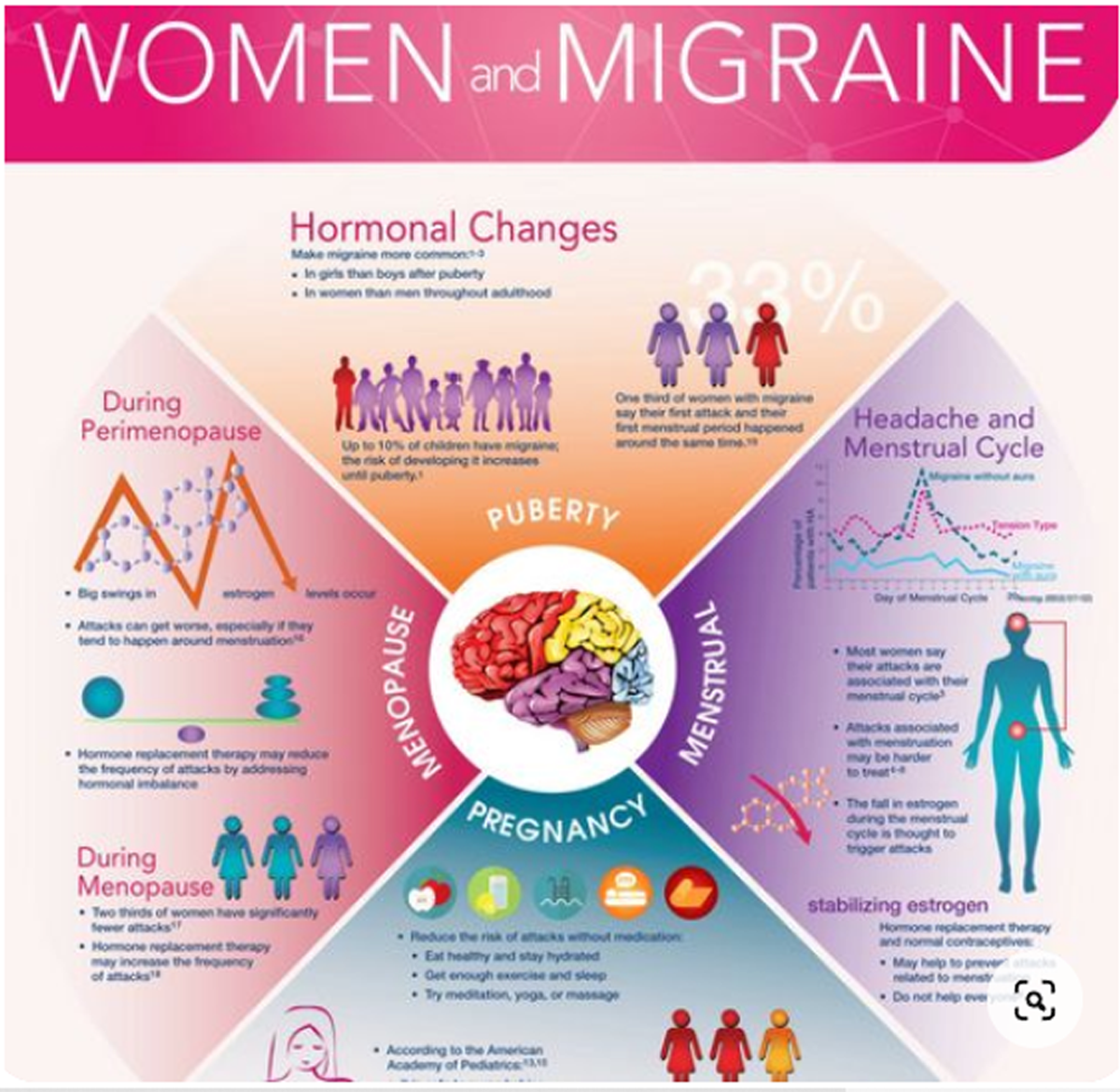Variations in Patterns of Utilization and Charges for the Care of Headache in North Carolina, 2000-2009: A Statewide Claims’ Data Analysis
SOURCE: J Manip Physiol Ther. 2016 (May); 39 (4): 229–239
Eric L. Hurwitz, DC, PhD, Maria Vassilaki, MD, MPH, PhD,
Dongmei Li, PhD, Michael J. Schneider, DC, PhD,
Joel M. Stevans, DC, Reed B. Phillips, DC, PhD,
Shawn P. Phelan, DC, Eugene A. Lewis, DC, MPH,
Richard C. Armstrong, MS, DC
Office of Public Health Studies,
University of Hawai`i at M?noa,
Honolulu, HI.
OBJECTIVES: The purpose of the study was to compare patterns of utilization and charges generated by medical doctors (MDs), doctors of chiropractic (DCs), and physical therapists (PTs) for the treatment of headache in North Carolina.
METHODS: Retrospective analysis of claims data from the North Carolina State Health Plan for Teachers and State Employees from 2000 to 2009. Data were extracted from Blue Cross Blue Shield of North Carolina for the North Carolina State Health Plan using International Classification of Diseases, Ninth Revision, diagnostic codes for headache. The claims were separated by individual provider type, combination of provider types, and referral patterns.
RESULTS: The majority of patients and claims were in the MD-only or MD plus referral patterns. Chiropractic patterns represented less than 10% of patients. Care patterns with single-provider types and no referrals incurred the least charges on average for headache. When care did not include referral providers or services, MD with DC care was generally less expensive than MD care with PT. However, when combined with referral care, MD care with PT was generally less expensive. Compared with MD-only care, risk-adjusted charges (available 2006-2009) for patients in the middle risk quintile were significantly less for DC-only care.
There are more articles like this @ our:
CONCLUSIONS: Utilization and expenditures for headache treatment increased from 2000 to 2009 across all provider groups. MD care represented the majority of total allowed charges in this study. MD care and DC care, alone or in combination, were overall the least expensive patterns of headache care. Risk-adjusted charges were significantly less for DC-only care.
KEYWORDS: Chiropractic; Headache; Health Services; Healthcare Costs; Medical Care; Utilization
From the FULL TEXT Article:
Introduction
Headache is one of the most common complaints that cause patients to seek medical care. [1] Almost every adult will experience headache in their lifetime, making it the most prevalent neurological symptom, with up to 47% of the global adult population experiencing an active headache. [2] It is also one of the most common complaints in emergency care, [3] with the World Health Organization ranking it among the 10 most disabling conditions for men and among the 5 most disabling conditions for women. [1] Migraine’s health-related impact, for example, has been compared with that experienced by patients with congestive heart failure, hypertension, or diabetes. [4]
Despite its high prevalence and considerable health-related impact, headache disorders remain underrecognized and undertreated. [2] In most cases, headache is a benign disorder. However, it can cause significant suffering and disability to patients and their families, leading to decreased quality of life similar to other chronic conditions. [2] Headache also leads to higher healthcare utilization [5] and substantial direct and indirect (eg, work absenteeism or reduced efficiency) costs. [2]
Read the rest of this Full Text article now!






Leave A Comment